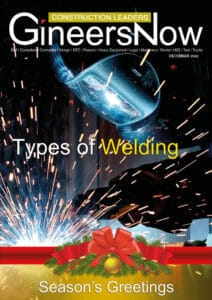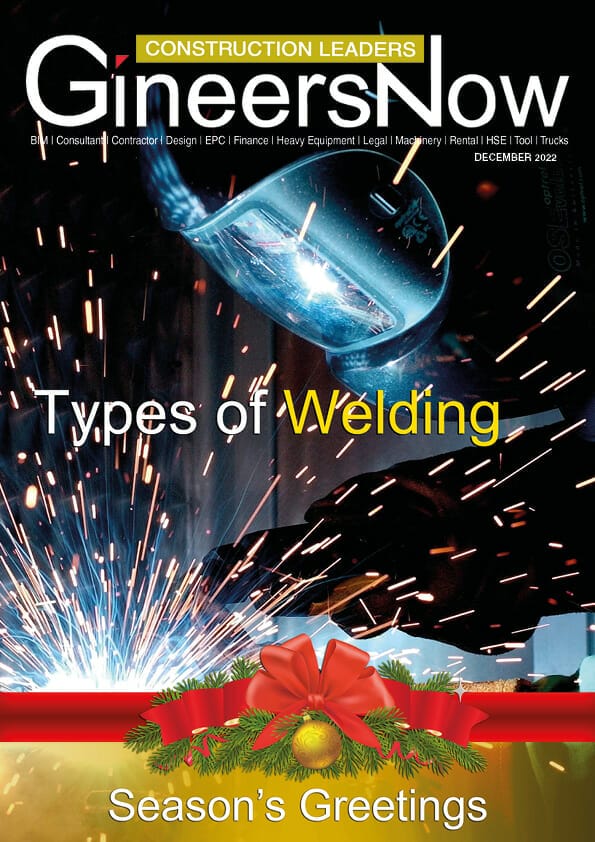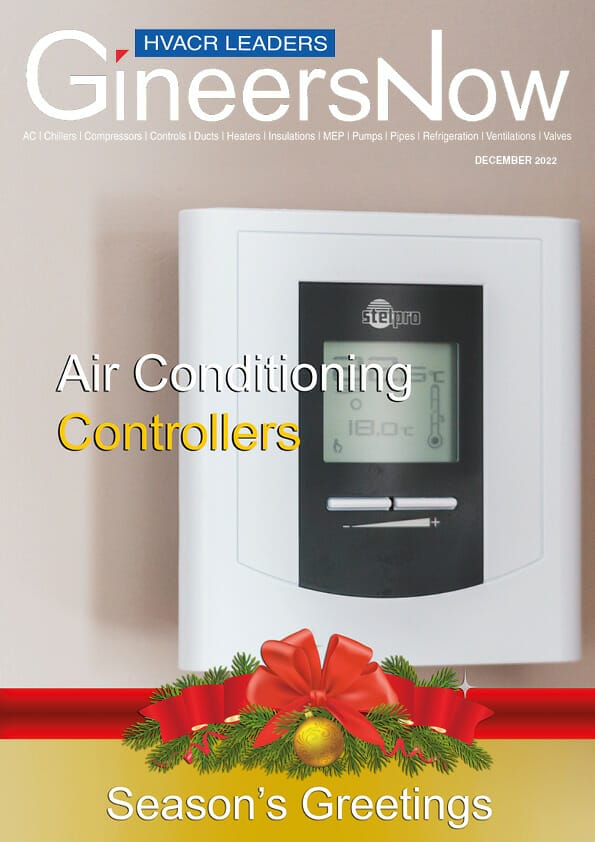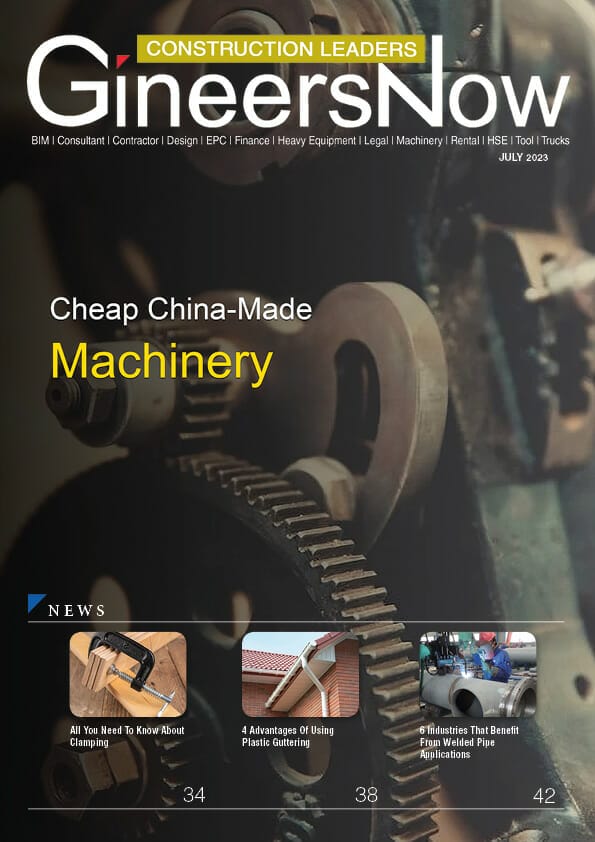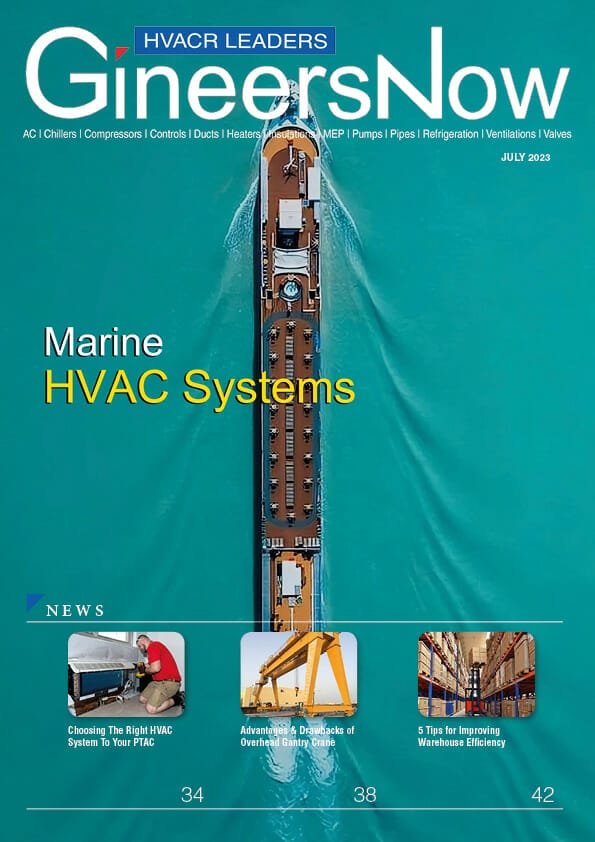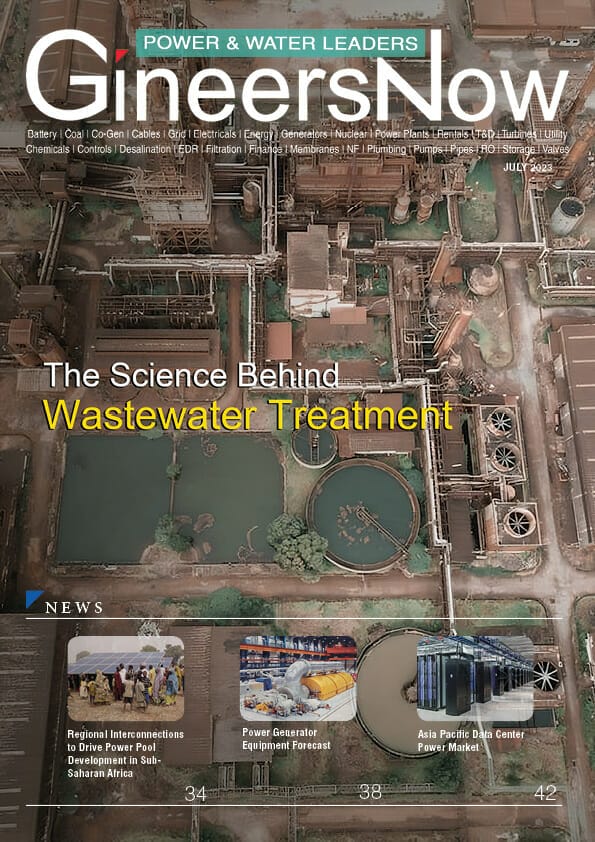Welding is a process that combines two pieces of metal or other materials by melting them and using a filler to form a strong bond. There are many different types of welding, each with its own benefits and purposes. The most common types of welding are Stick welding, MIG welding, TIG welding, and flux-cored welding. Other types of welding include gas welding, resistance welding, and brazing. In this article, we will explore the different types of welding and their various purposes.
What is welding?
Welding is a process of joining two materials, usually metals or thermoplastics, by causing coalescence. This is done by heating the materials to the point of melting, using an electric arc or another heat source, and then applying pressure to create a weld pool. The molten material then cools to form a permanent bond.
There are many different types of welding processes, including arc welding, oxy-fuel welding, and resistance welding. Each has its own advantages and disadvantages, and each is better suited for certain applications. For example, arc welding is often used for large-scale projects like bridges, while oxy-fuel welding is more commonly used for smaller projects like repairing pipes.
Welding can be a dangerous profession if proper safety precautions are not taken.
What are the different types of welding?
There are many different types of welding, each with its own advantages and disadvantages.
Here are the different types of welding:
Electric arc welding
Electric arc welding is a process that uses an electric arc to create heat, which in turn melts the metal being welded. The purpose of electric arc welding is to join two pieces of metal together.
The process of electric arc welding begins with two pieces of metal that are placed in contact with each other. An electrical current is then passed through the metal, which creates heat. This heat melts the metal, and as the metal cools, it forms a bond between the two pieces of metal.
Electric arc welding is used in a variety of applications, including the construction of buildings and bridges, the manufacturing of cars and trucks, and the repair of pipelines. Electric arc welding is also used to weld metals that are difficult to weld using other methods, such as aluminum and stainless steel. There are many different types of welding, and electric arc welding is one of them.
What are the pros and cons of electric arc welding
Electric arc welding is a type of welding that uses an electric arc to create heat. The heat from the arc melts the metal, which allows the metals to be joined together. There are several advantages and disadvantages to using this type of welding.
Advantages:
- Electric arc welding is very versatile and can be used on a variety of different materials.
- The process is relatively fast and efficient.
- It is a relatively safe process when compared to other welding methods.
Disadvantages:
- The process can be dangerous if proper safety precautions are not taken.
- It can be difficult to control the heat generated by the arc, which can lead to warping or damage to the materials being welded. This can be controlled by using proper shielding gas.
- The process is very expensive to set up and maintain.
Oxy-fuel welding
Oxy-fuel welding, also known as gas welding or oxyacetylene welding, is a process that uses two fuel gases—oxygen and acetylene—to weld metals. The process is relatively simple and inexpensive, making it a popular choice for many metalworking projects.
Oxy-fuel welding works by heating the metals to be joined with a flame generated by the burning of oxygen and acetylene. The heat melts the metals, allowing them to be joined together. Oxy-fuel welding can be used to join most metals, including iron, steel, aluminum, brass, and copper.
The main advantage of oxy-fuel welding over other welding processes is its portability. Oxy-fuel welders are small and lightweight, making them easy to transport from one job site to another. There are many different types of welding, and oxy-fuel is one of the most commonly used.
What are the pros and cons of oxy-fuel welding?
Oxy-fuel welding has been around for many years and is a very popular choice for welding. However, there are some pros and cons to using this type of welding. Let’s take a look at the pros first.
Advantages
One big pro is that oxy-fuel welding is very versatile. It can be used for a variety of different metals, including steel, aluminum, and brass. Another pro is that it’s relatively easy to learn how to use oxy-fuel welding. Even if you’re a beginner welder, you should be able to pick up the basics fairly quickly.
It’s also a great choice for people who need to travel often. That’s because oxy-fuel welding torches are relatively lightweight and easy to set up. It’s also safe, which is another big pro.
Disadvantages
Now let’s look at the cons of oxy-fuel welding. One downside is that it doesn’t work well on thicker metals. So, if you’re planning on doing any heavy-duty welding, you’ll probably want to choose a different method.
Another disadvantage is that oxy-fuel welding isn’t great for making very detailed welds. It’s best used to combine two pieces of metal into a single piece. However, if you’re looking for a way to create intricate designs, you might want to consider another method.
Flux-cored arc welding
Flux-cored arc welding (FCAW) is a type of welding that uses a continuously fed electrode that is shielded by a flux-core. This type of welding is advantageous because it can be used in all positions, has high deposition rates, and produces little spatter.
FCAW is commonly used in the construction industry for structural steel fabrication and in the automotive industry for body panel assemblies. The process is also well suited for other applications, such as pipe welding. There are many different types of welding, and flux-cored art welding is the most commonly used.
What are the pros and cons of flux-cored welding
Flux-cored welding is a type of welding that uses a flux-cored wire to create an arc between the metal and the wire. This type of welding is often used in difficult-to-reach places or when welding on thicker pieces of metal. There are some pros and cons to using this type of welding.
Advantages:
- Flux-cored welding can be done in all positions, which makes it great for difficult-to-reach places.
- This type of welding is faster than Stick welding and produces less slag.
- You don’t need to have a gas tank when you use flux core wire, which makes it more portable.
Disadvantages:
- Flux core wire is more expensive than a stick welding rod.
- It can produce a lot of smoke and fumes, which can be hazardous to your health.
- This method can also be quite messy and difficult to clean up afterward.
Gas Tungsten Arc Welding (also known as TIG welding)
Gas tungsten arc welding, also known as TIG welding, is a type of welding that uses a non-consumable tungsten electrode to produce the weld. A shielding gas is used to protect the weld area from contamination.
TIG welding is a versatile welding process that can be used on a variety of metals, including aluminum, stainless steel, and magnesium. The process is often used in applications where aesthetics are important, such as in the aerospace and automotive industries.
TIG welding can be performed manually or with an automated machine. When performed manually, the welder controls the torch with one hand and feeds the filler metal into the weld pool with the other. Automated TIG welding machines are programmable to perform precise welds with little operator intervention. There are many different types of welding, and TIG is one of the most commonly used.
What are the pros and cons of gas tungsten arc welding
Gas tungsten arc welding, also known as tungsten inert gas (TIG) is a type of welding that uses a non-consumable tungsten electrode to produce the weld. The weld area is protected from oxidation and contamination by an inert gas, such as argon.
Gas tungsten arc welding has several advantages over other welding processes. It can be used to weld metals with very high melting points, such as titanium and molybdenum. Gas tungsten arc welding can also be used in difficult-to-reach places and produces very little smoke or fumes.
However, gas tungsten arc welding also has some disadvantages. It is more expensive than other welding processes, and it requires more skill to master. In addition, gas tungsten arc welding can be dangerous if not done properly, as the electrode can become extremely hot and cause burns.
Electroslag Welding
Electroslag welding is a type of welding that uses an electric arc to heat the metal. The metal is then melted, and slag is added to the weld area. This welding process is often used to join thick pieces of metal.
Electroslag welding can be used to join metals of different thicknesses. It is a fast and efficient way to weld metals together. This type of welding is often used in the construction industry. There are many different types of welding electro slag is one of them
What are the pros and cons of electroslag welding
There are many pros and cons to electroslag welding. Some of the pros include that it is a very efficient way to weld, it produces little to no fumes, it is very versatile and can be used on many different materials, and it is a very strong weld. Some of the cons include that it can be difficult to learn, it is not always as precise as other welding methods, and it can be hard to control.
Plasma Arc Welding
In plasma arc welding, an electric arc is used to create a plasma jet. The plasma jet is then used to weld two pieces of metal together.
Plasma arc welding is a type of welding that uses an electric arc to create a plasma jet. The plasma jet is then used to weld two pieces of metal together. Plasma arc welding is a very versatile welding process and can be used on a variety of metals, including aluminum, stainless steel, and titanium.
Plasma arc welding is a highly efficient welding process that produces little heat-affected zone and generates little slag. Plasma arc welding can be performed in all positions and does not require any shielding gas. There are many different types of welding, and plasma arc welding is one of them.
What are the pros and cons of plasma arc welding
There are several advantages of plasma arc welding over other welding methods. Plasma arc welding can be used to weld metals that are difficult to weld with other methods, such as aluminum. Plasma arc welding can also be used in automated Welding systems and robots. In addition, plasma arc welding produces less smoke and fumes than other welding processes.
However, there are also some disadvantages of plasma arc welding. One disadvantage is that it requires more power than other types of welding, so it may not be suitable for use in portable or remote applications.
Resistance Spot Welding
Resistance spot welding is a widely used joining method in the automotive industry. The process consists of two electrode tips pressing a workpiece while an electric current flows through, causing the piece to heat up and weld.
This joining method is advantageous because it is fast, consistent, and relatively inexpensive. Additionally, it can be used on a variety of materials, including thin sheets of metal. When done correctly, resistance spot welds are strong and reliable.
There are some disadvantages to resistance spot welding, however. If the current is too high or the electrodes are not clean, the weld can be weak or have defects. Additionally, this method cannot be used on all materials; for example, aluminum cannot be resistance-spot welded. There are many different types of welding, and resistance spot is one of them.
What are the pros and cons of resistance spot welding
Spot welding is a commonly used welding process that has both advantages and disadvantages when compared to other welding processes.
Some of the pros of resistance spot welding include the fact that it is a fast process, it is relatively easy to set up and use, and it is a versatile welding method that can be used on a variety of materials.
Some of the cons of spot welding include the fact that it can be difficult to control the weld depth, there is a risk of burn-through if the heat is not properly controlled, and warping can occur if too much heat is applied.
Stick Welding / Shielded Metal Arc Welding
Stick welding, also known as shielded metal arc welding, is a type of arc welding that uses a consumable electrode coated in flux to lay the weld.
The electrode, or “stick,” is connected to the positive terminal of the welder and dipped in a pool of molten weld metal. As the electrode is consumed, it continually forms a new layer of weld metal.
Stick welding is most commonly used for welding iron and steel but can also be used on aluminum and other metals. It is frequently used in construction, fabrication, and repairs.
Shielded Metal Arc Welding, also known as stick welding, is one of the most popular welding processes. It is relatively easy to learn and can be used on a variety of metals. Stick welding is often used for projects that require heavy-duty weldings, such as shipbuilding and construction. There are many different types of welding, and stick welding, or shielded metal arc welding, is one of them
What are the pros and cons of stick welding
Stick welding is a type of welding that uses an electrode, or “stick,” to create an arc between the metal and the electrode. The electrode is then melted and used to join two pieces of metal together.
There are several Pros to stick welding. One Pro is that it is a very versatile method of welding and can be used on a variety of metals. Another Pro is that it is relatively easy to learn and can be done with minimal training. Stick welding can also be done in difficult-to-reach places and does not require clean, smooth surfaces like other methods of welding.
There are also some Cons to stick welding. One Con is that it can produce a lot of fumes and smoke, which can be dangerous to breathe in. Another Con is that it can be difficult to get a good weld bead when stick welding thin metals.
MIG Welding
MIG welding is a type of welding that uses an electric arc to create heat. The heat is then used to melt metal, which is then joined together. There are many different types of welding, and MIG is one of them.
MIG welding is a great way to weld metal because it is very strong and can be done quickly. It is also relatively easy to learn how to do, making it a good choice for those who are new to welding. One downside of MIG welding is that it can be difficult to control the amount of heat that is created. This can lead to problems such as warping or melting the metal. However, with practice, these problems can be overcome.
What are the pros and cons of MIG welding
MIG welding is a type of welding that uses an electrode that is fed through a welding gun. The electrode is made of metal, and the welder uses it to create an electrical arc. This arc melts the metal, and the welder can use it to weld two pieces of metal together.
MIG welding has a number of advantages over other types of welding. One advantage is that it is much easier to learn than other types of welding. Another advantage is that MIG welders can be used on a variety of materials, including aluminum, stainless steel, and even cast iron.
There are some disadvantages to MIG welding as well. One disadvantage is that it can be more expensive than other types of welding. Another disadvantage is that MIG welders tend to produce more fumes than other types of welders.
Laser Welding
Laser welding is a type of welding that uses a laser to create heat. The heat from the laser melts the metal, which allows the two pieces of metal to be joined together. Laser welding is a very strong type of welding, and it is often used for joining metals that are difficult to weld together using traditional methods. Laser welding can also be used to weld delicate parts without damaging them. There are many different types of welding, and laser welding is one of them.
What are the pros and cons of laser welding
Laser welding is a type of welding that uses a laser to create an intense beam of heat to melt and join metals together. It is a very precise and clean way to weld, which makes it ideal for joining thin sheets of metal or delicate materials. Laser welding can be done quickly and does not require any filler material, making it a cost-effective option for many manufacturing applications.
However, laser welding can be expensive, as the equipment required can be costly. Additionally, laser welding requires highly skilled operators, as the process is very sensitive to changes in position and alignment.
Ultrasonic Welding
Ultrasonic welding is a process that uses high-frequency sound waves to create heat. This heat is then used to weld two pieces of metal together. The process is relatively quick and does not require the use of any chemicals or other materials. Ultrasonic welding is often used in the automotive industry, as it can create strong welds that are resistant to vibration and impact. There are many different types of welding, and ultrasonic is one of them.
What are the pros and cons of ultrasonic welding
Ultrasonic welding is a joining process that uses high-frequency sound waves to create heat, which melts the surfaces of the materials being joined. This type of welding is commonly used for joining plastics and metals and can be used on a variety of different thicknesses and shapes.
There are several advantages to ultrasonic welding, including the fact that it is a fast and efficient process, it produces strong and reliable joints, and it can be automated. Additionally, ultrasonic welding does not require the use of any chemicals or solvents, which makes it a safer option than other types of welding.
However, there are also some disadvantages to ultrasonic welding. One downside is that it can be an expensive process due to the special equipment required.
Underwater Welding
Underwater welding is a type of welding that is performed underwater. This type of welding is used to repair pipelines and other underwater structures. Underwater welders must be certified welders and have special training in welding safety and techniques.
Underwater welding is a dangerous job, and accidents can occur. There are many hazards associated with this type of work, including drowning, electric shock, and fires. In addition, the welder must be able to work in confined spaces and must wear heavy dive gear. There are many different types of welding, and underwater welding is one of them.
What are the pros and cons of underwater welding
Some of the benefits of underwater welding include:
- Welders can fix pipelines and other underwater infrastructure without having to drain the water first.
- Underwater welders can weld in difficult-to-reach places.
- Welding underwater is often faster than traditional welding methods.
Some of the dangers of underwater welding include:
- There is a risk of drowning if the welder’s helmet fills with water.
- Welders are at risk of electric shock if their equipment comes into contact with water.
- Underwater welders may be exposed to harmful chemicals and fumes.
How does welding work?
Welding is a process of joining two pieces of metal or other materials together by using heat and pressure. The welded joint is usually stronger than the original material.
Welding works by heating the two pieces of metal until they are hot enough to melt. Then, the molten metal is cooled and solidified, creating a strong bond between the two pieces.
There are many different types of welding, but the most common are arc welding, gas welding, and resistance welding. each type of welding has its own advantages and disadvantages.
The benefits of welding
Welding is a process that has been around for centuries and continues to be an essential part of many industries. The process involves joining two pieces of metal together using heat and pressure. Welding is used in a variety of industries, including construction, manufacturing, and automotive. There are many benefits to welding, including the following:
Welding is a fast and efficient way to join two pieces of metal together. The process is relatively simple and does not require much equipment. Welding is also a very versatile process that can be used on a variety of materials.
Another benefit of welding is that it is a very strong joint. When done correctly, welding can create a joint that is stronger than the metal itself. This makes welding ideal for applications where strength is critical, such as in the construction industry.
The practical applications of welding machine
Welding machines are used in a variety of industries, including automotive manufacturing, shipbuilding, and aerospace engineering. They can be used to join two pieces of metal together or to repair broken metal objects. Welding machines are also used in construction to weld beams and columns together.
There are many different types of welding machines available on the market today. Some machines are designed for specific tasks, while others can be used for a variety of applications.
The challenges of welding
Welding is a difficult and challenging profession that requires a great deal of skill and training. There are many different types of welding, and each has its own challenges. welding is a dangerous profession, and welders must take precautions to protect themselves from the heat, sparks, and fumes.
Safety in welding
Welding is a dangerous activity that can lead to serious injuries, including burns, eye damage, and even death. However, there are some simple steps you can take to reduce the risks associated with welding. Here are some welding safety tips:
1. Always wear appropriate safety gear (PPE) when welding, including a welding helmet, gloves, and long-sleeved clothing.
2. Be aware of your surroundings and make sure there is no flammable material nearby that could catch fire.
3. Never weld without proper ventilation. Welding fumes can be harmful to your health if inhaled.
4. Always follow the manufacturer’s instructions for your welding equipment.
5. Inspect your work area before starting to weld and clean up any debris that could cause a fire or explosion.
6. Never weld near combustible or flammable liquids or gases.
7. Follow all safety rules and regulations set forth by your employer or governing body.
8. If you are not sure how to do something, ask a qualified person for help before attempting it on your own.
By following these safety tips, welders can help prevent accidents and injuries while welding.
The future of welding
With the ever-growing popularity of do-it-yourself home projects and the rise in technological advances, welding is an increasingly sought-after skill. Many people are now interested in learning how to weld so that they can create or repair various items around their homes. There are many different types of welding, but the most common are arc welding, gas welding, and resistance welding.
Welding is a process that joins two pieces of metal together by using heat to melt the metals at their joints. This process has been used for centuries and is still widely used today in a variety of industries, including construction, automotive, and manufacturing. The popularity of welding continues to grow as it is a relatively easy skill to learn and does not require expensive equipment.
One trend that we are seeing in the welding industry is the move toward automated welding machines.
The future of welding looks very promising. With the advances in technology, we are able to weld metals that were once too difficult or impossible to weld. We are also able to weld thinner materials and create stronger bonds than ever before.
Welding is an essential part of many industries, such as the automotive, aerospace, and construction industries. It is also used in the fabrication of many everyday items, such as furniture and appliances. With the continued advances in welding technology, there is no limit to what we can create.
The purpose of welding
Welding is used in a variety of industries, including automotive, construction, manufacturing, and mining.
Structural purposes
Welding is a process of joining two materials, typically metals, by heating the materials to their melting point and then using a filler material to join them. The most common types of welding are arc welding, oxy-fuel welding, and gas tungsten arc welding.
Welding is used for a variety of structural purposes, including repairing the damaged metal, joining metal together to create larger structures, and fabricating metal products. When done correctly, welding can create strong joints that are stronger than the base materials.
Welding is an important process for many industries, including construction, automotive manufacturing, shipbuilding, and aerospace engineering. It is also used in the repair of infrastructure, such as bridges and buildings.
Pipelines
Welding is critical for the construction of pipelines, as it is responsible for joining together the various sections of pipe. Without welding, pipelines would be unable to transport the large quantities of oil and gas that they are designed for. While there are many different welding processes, most pipeline welders use either shielded metal arc welding (SMAW) or flux-cored arc welding (FCAW).
SMAW is a relatively simple welding process that can be used to join both thin and thick sections of pipe. FCAW is a more advanced process that is typically used to weld thicker sections of pipe. Both SMAW and FCAW require a high degree of skill and training to produce quality welds.
Manufacturing
Welding is a critical process in manufacturing. It is used to join two pieces of metal together to create a stronger bond. welding can be used to create products that are strong and durable. It can also be used to repair damaged metal objects.
Welding is a process that uses heat to melt two pieces of metal together. The molten metal creates a bond between the two pieces of metal. This bond is often stronger than the original metal itself. Welding is used in a variety of industries, including automotive, aerospace, and construction.
There are many different types of welding, each with its own advantages and disadvantages. The most common type of welding is arc welding. Arc welding uses an electric current to create the heat needed to melt the metal. This type of welding is often used for thin metals, such as sheet metal or tubing.
Automotive
Welding is one of the most important processes in the automotive industry. It is used to join two pieces of metal together, and can be used to repair or reinforce existing metal structures. Welding is a very versatile process and can be used on a variety of metals, including aluminum, steel, and stainless steel.
There are many different types of welding, but the most common type used in the automotive industry is arc welding. Arc welding uses an electric arc to heat the metal, which then melts the metal and allows it to be joined together. This type of welding is very strong and can create a very tight seal between two pieces of metal.
Construction
Construction companies use welding to build bridges, buildings, and other structures. It can be used to create everything from buildings and bridges to boats and cars.
There are many different types of welding, each with its own advantages and disadvantages. The most common type of welding used in construction is arc welding. This involves using an electric arc to heat the metals being joined, melting them together.
Arc welding is quick and efficient and produces strong welds. It can be used on a variety of materials, including steel, aluminum, and stainless steel. However, it does require skilled operators and can be dangerous if not carried out correctly.
Mining
Mining companies use welding to construct equipment and buildings.
The purpose of welding in mining is twofold.
First, welding is used to construct the mines and the infrastructure associated with them. This includes the buildings, the tunnels, and the machinery.
Second, welding is used to repair and maintain the mines and equipment. This ensures that the mines can continue to operate safely and efficiently.
How to get started in welding?
Welding is a process of joining two materials, usually metals, by heating them to the point of melting and using a filler material to create a bond. It’s a versatile skill that can be used in a variety of settings, from construction to manufacturing. If you’re interested in getting started in welding, here are a few things you need to know.
If you are interested in learning how to weld, there are a few things you need to do to get started.
First, you will need to find a welding school or training program. There are many welding schools across the country that offer certification programs. Once you have completed a welding program, you will need to pass a welding certification test administered by the American Welding Society (AWS).
Once you have your welding certification, you will need to find a job in a welding shop. This is the best way to gain experience and learn the trade.
Then, you’ll need to have access to welding equipment. This can be expensive to purchase on your own, so it’s worth looking into renting or borrowing from a friend or family member. Once you have the equipment, you’ll need to practice using it on scrap metal pieces before moving on to actual projects.
Next, you’ll need to learn about the different types of welds and when each should be used.
There are three main types of welds: butt, lap, and T-joint.
Welding is a method of joining two or more pieces of metal together by melting them and using a filler to form a strong bond. There are three main types of welds: butt, lap, and T-joint.
Butt welds are the most common type of weld. They are made by aligning the two pieces of metal to be joined at their edges and then welding them together.
Lap welds are made by overlapping two pieces of metal and then welding them together. This type of weld is often used for repairing cracks or holes in metal surfaces.
T-joint welds are made by placing two pieces of metal at right angles to each other and then welding them together. This type of weld is often used to join pipes or tubing together.
How to select the best welding machine for your needs?
There are many different factors to consider when selecting a welding machine, such as the type of welding you will be doing, the materials you will be welding, the thickness of the materials, and your budget. Here are some tips to help you select the best welding machine for your needs:
When it comes to choosing a welding machine, there are a few things you need to keep in mind in order to select the best one for your needs.
First, you need to decide what type of welding you’ll be doing. There are three main types of welding: Arc welding, MIG welding, and TIG welding. Each type of welding equipment has its own benefits and drawbacks, so it’s important to choose the one that’s right for the job you’ll be doing.
Once you’ve decided on the type of welding you’ll be doing, the next step is to determine the amperage range you’ll need. This will be based on the thickness of the metal you’ll be working with. The thicker the metal, the higher the amperage range you’ll need.
Finally, you need to take into account your budget when selecting a welding machine.
Takeaway: Discover the Different Types of Welding and Their Various Purposes
In conclusion, there are many types of welding with various purposes. Arc welding is the most common type of welding, and it is used to join two pieces of metal together. TIG welding is another common type of welding that is used to weld thin pieces of metal together. MIG welding is a type of welding that is used to weld thicker pieces of metal together. Finally, flux-cored arc welding is a type of welding that is used to weld metals that are difficult to weld.
There are different types of welding with different purposes. Some welds are stronger than others, some are more aesthetically pleasing, and some are better for specific materials. It is important to know the different types of welds and their purposes in order to choose the best one for your project.
Read GineersNow Magazine for Free
Editors Note
Welding is a process of joining two pieces of metal together by melting and fusing them. The metals are melted by the heat of an electric arc, and the resulting weld is strong and often as strong as the base metals themselves. Welding is used extensively in the construction industry for everything from buildings to bridges to cars and trucks. It’s also used in manufacturing, particularly in the fabrication of steel products.
Different types of welding
- Arc welding
- Gas welding
- Resistance welding
Why weld?
Welding is a critical process in many industries, from construction to automotive manufacturing. When done properly, welding can create strong, permanent joints between two pieces of metal. This process is essential in many industries because it allows for the creation of products and structures that would otherwise be impossible to construct.
There are many different types of welding, but all involve using heat to melt metal so that it can be joined together. The most common type of welding is arc welding, which uses an electric arc to create the necessary heat. This type of welding is often used in construction and automotive applications. Another type of welding is resistance welding, which uses electrical resistance to generate the heat needed to weld metal. This type of welding is often used in the manufacturing of electrical components and appliances.
Happy holiday engineers
On another note, as the holiday season approaches, we at GineersNow digital magazine would like to express our heartfelt thanks to all the engineers who have read and supported our publications throughout the year. We wish you all a happy and prosperous new year.
As we enter into 2023, we reflect on all that has happened in the engineering world over the past year. From groundbreaking technological advances to inspiring stories of ingenuity, it has been an eventful twelve months. We sincerely thank our readers for their support, and we look forward to continuing to bring you the latest news and insights from the engineering community in the year ahead.
Wishing you all a joyous holiday season and a happy new year!
